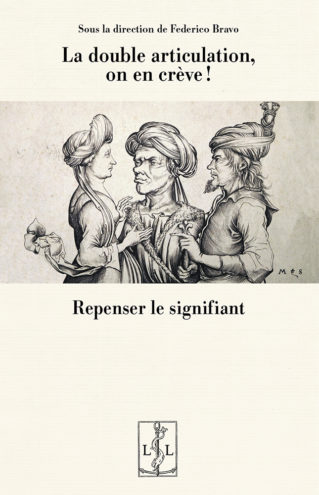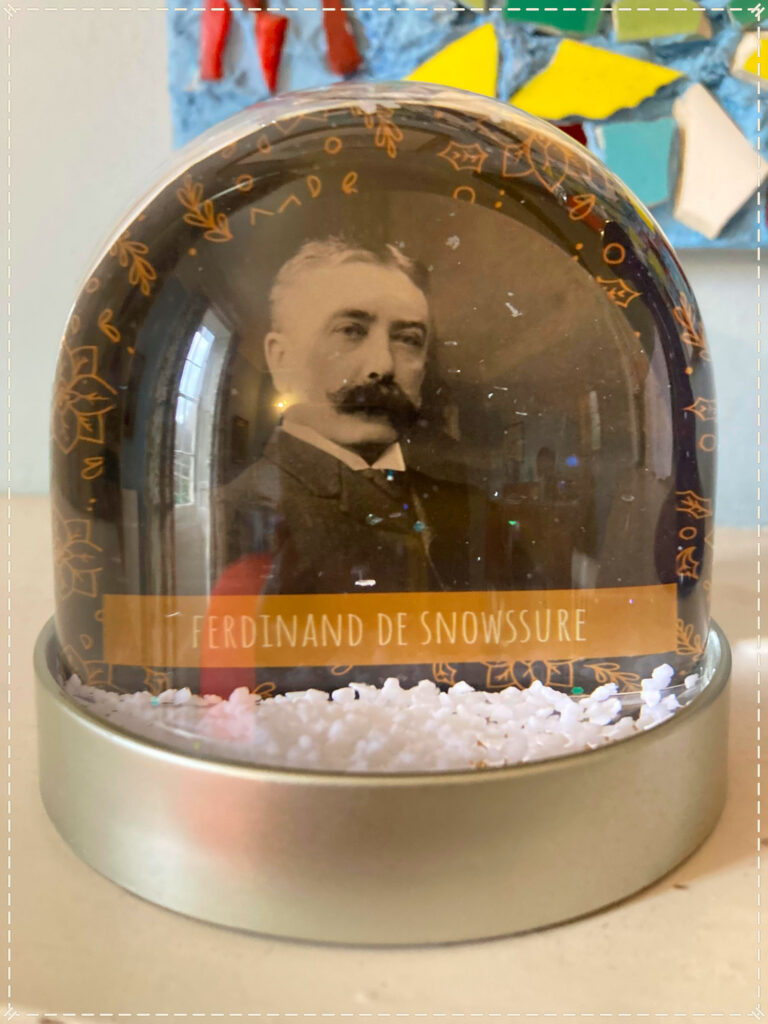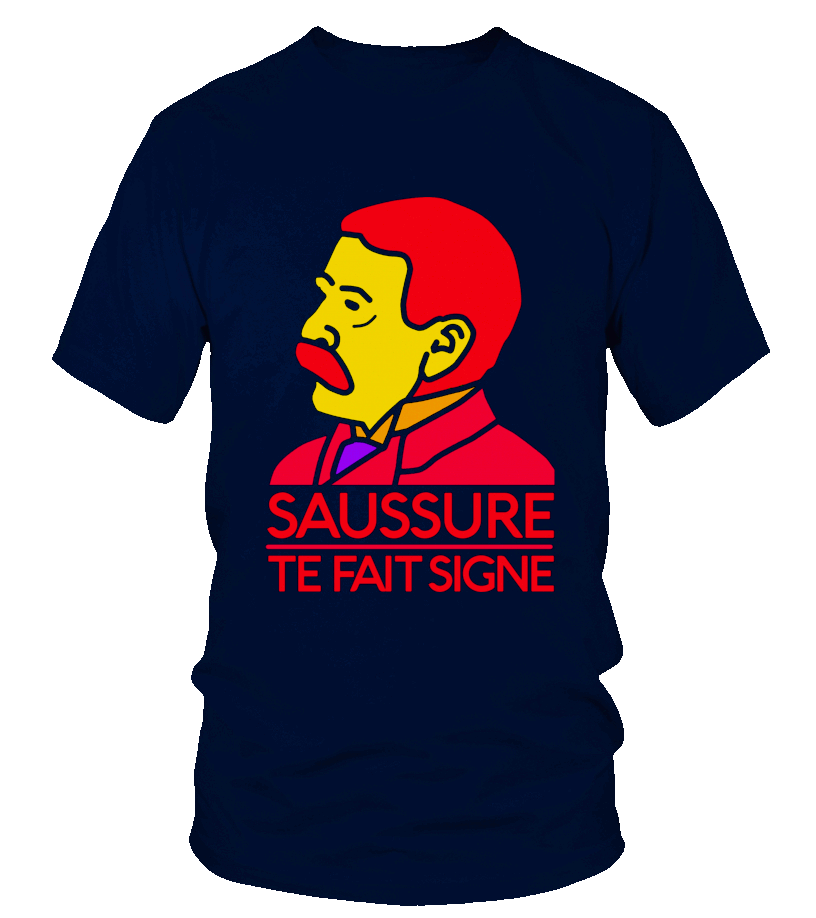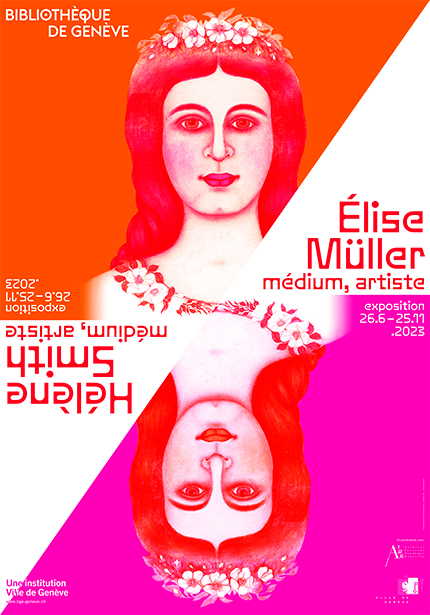La double articulation, on en crève ! Repenser le signifiant, sous la direction de Federico Bravo, Limoges, Lambert-Lucas (Linguistique et sociolinguistique), 2023, 320 p. ISBN 978-2-35935-417-1, € 35
Notice de l’Éditeur, avec Table des matières.

Dans la quête des constituants ultimes du langage, l’hypothèse de la double articulation se veut une réponse économique à la question de la compositionalité du signe : le morphème serait la plus petite unité signifiante de la chaîne parlée. Contre les pièges de l’ethnocentrisme linguistique, Lacan invoque le cas du mandarin, puis satirise : « Alors la double articulation, elle est marrante, là ». Au-delà du ton ouvertement polémique des propos du psychanalyste, qui finira par déclarer « … la double articulation, on en crève ! », la question mérite d’être posée : peut-on postuler un autre modèle sémiotique et, partant, une autre concevabilité du signe ?
Penser / repenser la segmentation de la chaîne signifiante, telle est la problématique que ce volume entend soumettre au questionnement scientifique en mettant la double articulation du langage à l’épreuve de la linguistique, mais aussi de la sémiotique, de la poétique, de la psychanalyse, de la textométrie, de la didactique, de la cognition, des disciplines informatiques et des sciences de la communication.
Le volume recueille les actes du colloque organisé à l’Université Bordeaux-Montaigne (31 mars-1er avril 2022).
Parmi les contributions : J. E. Joseph, « Le dernier signifiant de Ferdinand de Saussure » ; Ph. Willemart, « Repenser le signifiant selon le Saussure de 1891 » ; Cl. Mejía Quijano, « Aposème et signifiants, l’étude de la parole chez Ferdinand de Saussure ».




